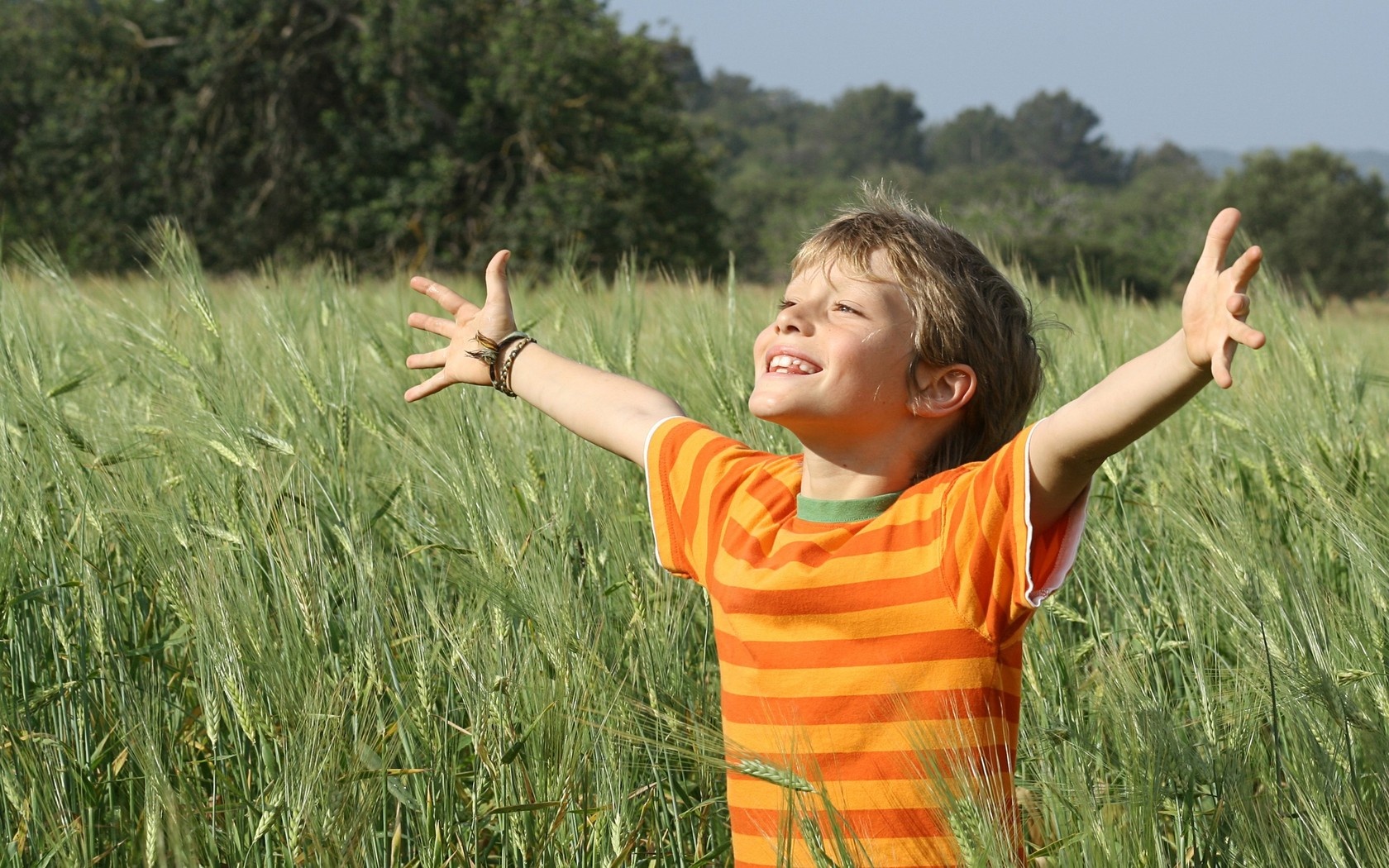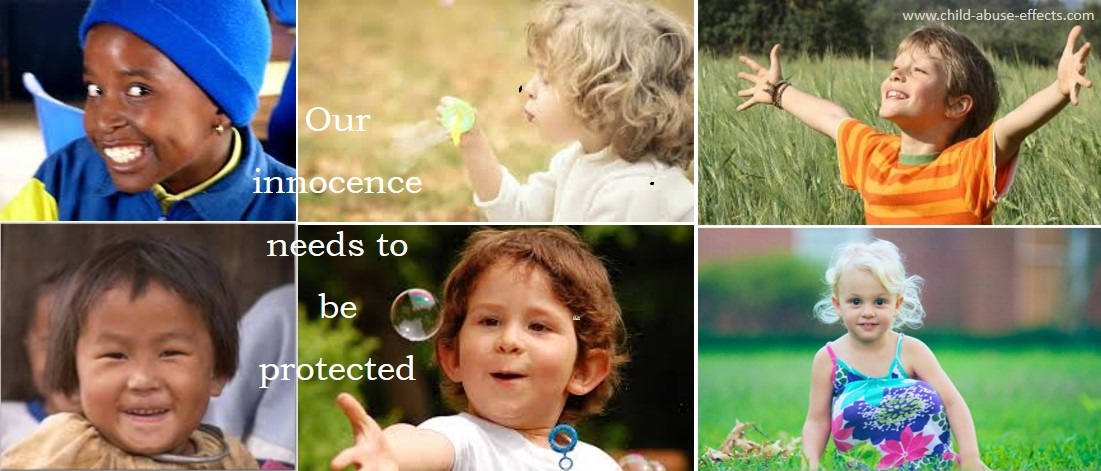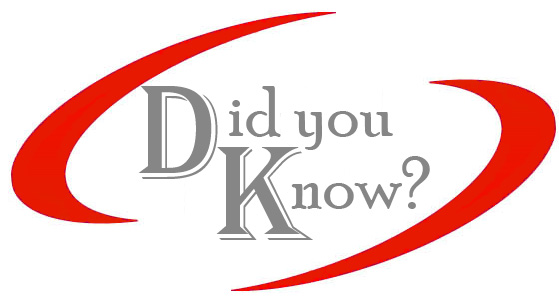Child Abuse Intervention

Child abuse intervention refers to handling disclosures of abuse. Prevention can mean two different things.
Within the context of intervention and prevention, an outsider would prevent further abuse by intervening in some way when suspected or known child abuse is taking place.
Prevention also means obtaining information about what constitutes abuse, and then gaining the necessary skills in order to ensure child abuse doesn't happen in the first place.
|
When someone intervenes, the chances of preventing further abuse are greatly increased. None of us can afford to turn a blind eye. If we do, there is increased risk of bullying and abusive behaviours as that child gets older and matures into adulthood. Which in turn, often leads to incarceration. |
|
Types of Disclosures:
There are two types of disclosures. They can be purposeful or accidental.
- Verbal disclosures
- Non-verbal disclosures
Verbal Disclosures:
Verbal disclosure are purposeful, and occur when the child or youth consciously decides to discuss his or her abuse.
Why Youth Do Disclose Abuse | 76% I told because I couldn't hold it in any longer.
|
Non-Verbal Disclosures:
Non-verbal disclosure are accidental, and occur when the child or youth does not consciously decide to reveal abuse.
Child abuse can be revealed in several unintended ways:
|
|
Someone else observes the abusive behaviour of a caregiver toward a child or youth. Observations like this must be reported. |
|
|
The physical marks of abuse and neglect are evident on the child's body. Child abuse intervention is required--report the suspected abuse to the authorities. |
|
|
A pattern of inappropriate behaviours or sudden changes in behaviours by the child or youth cause caregivers or professionals to suspect abuse is taking place. Report any suspected abuse to the authorities. |
|
|
A child or youth displays chronic low self-esteem that may reveal the child/youth is in an abusive or neglectful situation. |
|
|
Health care professionals discover sexually transmitted diseases or pregnancies, which could be indicators of sexual abuse. Report these findings. |
Why Youth Don't Disclose Abuse | 74% I was scared.
|
As identified above, child abuse intervention may involve dealing with a disclosure. When dealing with disclosures of abuse and neglect, the recommended procedure is called HEARS:
Hear: Listen to your friend.
Tell your friend: "I believe you."
Encourage; empathize
Tell your friend: "I'm sorry this happened to you."
Affirm; acknowledge
Tell your friend: "It's not your fault."
"I'm glad you told me."
Report; refer; reassure
Tell your friend: "Together we're going to get some help."
Self-care
Disclosures of child abuse and neglect can be very stressful.
Take care of yourself afterward. My 3 Bs of self-care:
Breathe (easy to forget to do when under stress)
Boom-box (listen to great music)
Bubble bath (when I get home)

Child Abuse Intervention – Making a Report:
Child abuse intervention (a report of abuse and neglect to authorities) may be done by telephone, by letter, by e-mail or in person.
A report can be made anonymously, but divulging who you are and the relationship you have with the child or youth will aid in the investigation.
When a report of abuse and neglect is made, child abuse intervention dictates that the person or organization making the report must act in a way that:
» protects the child or youth
» protects other children/youth who may be involved
» respects the rights of alleged abuser; keeps information confidential
» cooperates with Child Protection Agencies and possibly police
Child Abuse Prevention:
Child abuse prevention means taking steps to ensure abuse never happens in the first place. Prevention means setting up laws, policies and declarations that deal with the rights of children and youth.
Prevention must be proactive.
The UN Convention on the Rights of the Child is one such declaration. Canada ratified this convention on December 13, 1991.
This child abuse prevention document outlines many ways that societies are responsible for their children. The document identifies that children shall be given opportunities and facilities, by law and other means, to enable him or her to develop physically, mentally, morally, spiritually, and socially in a healthy and normal manner and in conditions of freedom and dignity.
 | The estimated cost of child sexual abuse in Canada exceeds $3.6 billion. The true cost is higher because of secrecy and the dependency that children often have on their abusers. Other costs are estimated at: Justice system: $8 billion/year; economic costs of violence against women: $4.2 billion/year; and each youth suicide: $640,000 to $3,000,000 (Hankivsky, 2003, forthcoming3). |
The above statistics do not take into account all other forms of abuse.
Some Noteworthy Child Abuse Prevention Quotes
|
|
Every time you treat a child with respect, that child feels just a little bit taller. ~Family Services Canada |
|
|
[C]hildren present us with a uniquely compelling motivation for mobilization. Our collective failure to protect children must be transformed into an opportunity to confront the problems that cause their suffering. ~G. Machal, 1996 |
|
|
Few things in life are more satisfying than the experience of being your whole self, simply and honestly, and feeling good about who you are. ~Bass & Kaufman |
|
|
Children who are able to remain hopeful about the future, are flexible and adaptable, possess problem-solving skills, and actively try to assume control over their lives are likely to be less vulnerable than those who passively accept their condition. ~Puntamaki, 1987 |
Child abuse intervention and prevention is also empowering children and youth by teaching them:
» what child abuse is
» why child abuse happens
» how to recognize when someone is being abused, and
» where to go for help
Some numbers to call for help:
If you live in Canada, check your local phone book in the provincial blue pages under Children & Family Services for the number to call in your area to report child abuse and neglect.
The province-wide Child Abuse-Neglect toll free help line in British Columbia is: 310-1234
The help line in British Columbia for children - Deaf (TTY): 1-800-667-4770
You can also check out abuse hotlines for more numbers from around the world.
Child abuse intervention and prevention is everyone's responsibility, ethically, morally, and legally.
Stop further child abuse by reporting it!
References
NOTE: Information pages on this site were based on material from the Canadian Red Cross RespectED Training Program. Written permission was obtained to use their copyrighted material on this site.
Canadian Red Cross RespectED Training Program. Written permission was obtained to use their copyrighted material on this site.
Child Abuse Intervention
1 & 2 Kellogg, N., & Huston, R. (1995, June). Unwanted sexual experiences in adolescents: Patterns of disclosure. Clinical Pediatrics, 306-311.
Child Abuse Prevention
3 Hankivsky, O. (2003, forthcoming). Preliminary cost estimates of child sexual abuse in Canada. Ottawa: Health Canada.
From Victim to Victory
a memoir
How I got over the devastating effects of child abuse and moved on with my life
From Victim to Victory
a memoir
How I got over the devastating effects of child abuse and moved on with my life
Most Recent
-
Converging Stolen Lives
Jan 30, 18 01:13 PM
There was a time and space I didn’t think about you, or your abuse. Where when I looked back at my life, I only saw normal things, a normal childhood. -
A letter to one of the 13 Turpin children
Jan 29, 18 11:33 AM
A heartfelt letter by a former classmate that speaks to bullying and regrets. You'll find it on my Facebook group. I hope you'll join and get in on the discussion. -
Dissociated From Abuse
Jan 29, 18 11:00 AM
I was sexually abused by my father from age 6 to 13, which stopped when I started talking about it during the day. The teenage brother of my best friend


